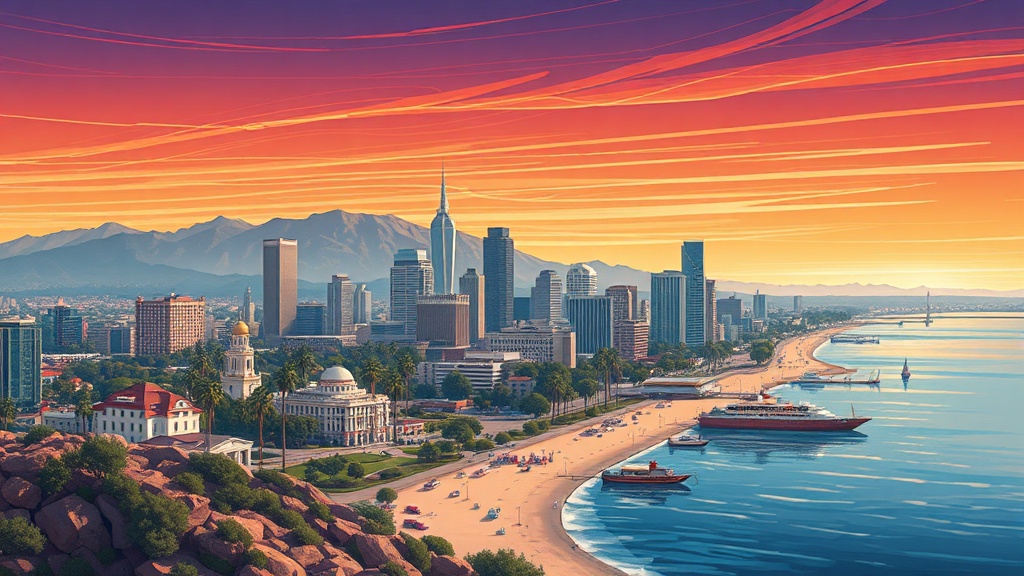Primary title:
Los Angeles keeps reinventing itself while staying unmistakably LA: palm-lined boulevards, sprawling neighborhoods, and an appetite for reinvention. Whether you live here or are planning a visit, understanding the city’s shifts—from transit upgrades and walkable neighborhoods to climate-smart design—helps you navigate and enjoy it more fully.
Transit and walkability are changing the rhythm
For decades LA was synonymous with car culture, but mobility options are expanding.
Metro light rail and bus networks are extending reach, while new bike lanes and car-free corridors make short trips easier on foot or two wheels.
That shift isn’t about forcing people out of cars so much as offering realistic alternatives for commuting, errands, and leisure. Expect more mixed-use hubs around transit stations where cafés, fitness studios, and grocery options are an easy walk away.
Neighborhoods worth exploring
– Downtown LA (DTLA): A hub for arts, food halls, and adaptive reuse projects turning warehouses into galleries and lofts. Cultural institutions keep the area lively beyond business hours.
– Echo Park and Silver Lake: Trendy, walkable enclaves prized for independent shops, coffee roasters, and accessible outdoor spaces with a creative vibe.
– Koreatown: Dense, vibrant, and open late—great for food adventurers and those looking for a more compact urban experience.

– Venice and Santa Monica: Coastal energy with boardwalk scenes, waterfront bike paths, and a mix of boutique shopping and health-oriented dining.
Choosing a neighborhood depends on whether you prioritize nightlife, outdoor access, transit, or quieter residential streets.
Outdoor life and microclimates
LA’s famous microclimates mean the weather can vary across short distances—coastal breezes, inland heat, cooler canyons—so pack layers when exploring. The city’s trail systems and parks provide easy escapes: Griffith Park and the Hollywood Hills offer skyline views, while miles of coastline support surfing, stand-up paddleboarding, and beachside strolls. Urban green spaces and pocket parks are growing in number, supporting both biodiversity and cooler streets.
Housing, development, and sustainability
New development trends in LA emphasize density near transit, adaptive reuse, and mixed-income housing. Designers are prioritizing shade, drought-tolerant landscaping, and water-wise irrigation to meet the challenges of a dry climate. Solar panels and energy-efficient building standards are increasingly common, and public and private projects often include green roofs or stormwater capture features that reduce runoff and keep neighborhoods cooler.
Practical tips for residents and visitors
– Use transit apps to plan multi-modal trips—combining rail, bus, and scooters can cut travel time across busy corridors.
– Avoid peak traffic windows when possible; midday and late evenings offer smoother drives and easier parking.
– Explore on foot in compact neighborhoods rather than trying to drive everywhere—many streets reveal hidden cafés and murals best discovered by walking.
– Respect local microclimates: mornings can be cool near the coast and hot inland, so layer up and carry water on hikes.
– Support local businesses—independent restaurants and shops are a big part of what gives each LA neighborhood its character.
Los Angeles remains a city of contrasts and creativity, where innovation meets neighborhood culture. Navigating it with an eye for transit, outdoor opportunity, and sustainable development helps you get more out of what the city offers—whether you’re exploring new blocks, commuting smarter, or simply taking in a sunset by the Pacific.